Design System is a living product consisting of sets of reusable and codified libraries of a company’s design and content, usually created and maintained by Design and Technology teams.
Before starting a Design System project, it is important to be clear about the importance of a Design System, what the objective of the project will be, and if there is structure to manage and maintain it in the future.
The goal can be from reducing the rework of developers and designers, to improving the standardization of products.
Defining the objective is important because an initial Design System project can last between 4 to 6 months and involve several professionals.
Each company can build the structure of its Design System according to its needs. Generally speaking, a Design System is made up of 4 main parts:
Design Principles:
Known in Portuguese as Design Principles, they are a set of definitions of a project that should reflect the company’s design philosophy and guide how products should be designed. They serve as a basis for product improvement, helping the team in decision making and increasing the effectiveness and evolution of the product ecosystem.
Design Tokens:
These are variables that store visual attributes, such as colors, sizing units, grids, among others. They serve to create and maintain a consistent visual system, regardless of the platform, such as websites and applications.
Components:
Components include a variety of common user interface elements to create experiences in a responsive manner ensuring consistent interaction and style, and accessibility optimizations. Typically, these components are available in the code languages applied to the company’s websites or applications.
Branded Content:
In addition to design components, a Design System can include branded content, such as a Voice Tone Manual, Branding, and downloadable resources, such as Design System component files.
A Design System project comprises 5 stages:
As important as the creation of a Design System project is its maintenance and adoption by the different teams in the company.
For the project to have this continuity, it is important to have the participation of all stakeholders from the beginning of the project and a wide dissemination to the whole company.
Check the opinion of our partners

I would define (the project) as a very efficient partnership, because Tuia had this process of understanding the context, and because of that they served us very well as a client. Tuia has a good reference of good practices in Design System and other subjects as well, and this is very important. This, added to the company’s context and needs, was the winning formula that left us very satisfied and generated a great deal of trust.

Laís Wada
DesignOps at FTD Educação
Learn more about this topic in the Design System webinar: what is it, and how can it help your company
Get to know other services we offer